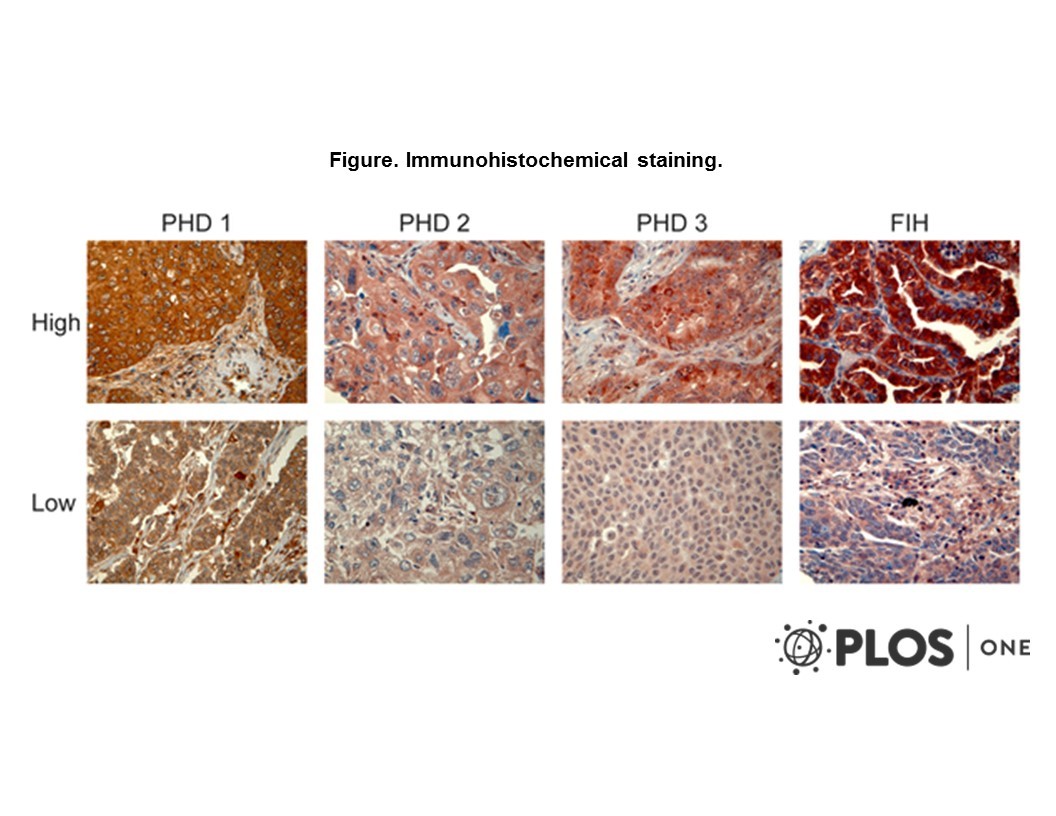Cat. #151313
Anti-PHD1 [PHD112/G7]
Cat. #: 151313
Sub-type: Primary antibody
Unit size: 100 ug
Availability: 1-2 weeks
Target: Prolyl Hydroxylase 1 (PHD1)
Class: Monoclonal
Application: IHC ; WB
Reactivity: Human
Host: Mouse
£300.00
This fee is applicable only for non-profit organisations. If you are a for-profit organisation or a researcher working on commercially-sponsored academic research, you will need to contact our licensing team for a commercial use license.
Contributor
Inventor: Helen Turley
Institute: University of Oxford
Tool Details
*FOR RESEARCH USE ONLY (for other uses, please contact the licensing team)
- Name: Anti-PHD1 [PHD112/G7]
- Research fields: Cancer;Genetics;Metabolism;Tissue-specific biology
- Clone: PHD112/G7
- Tool sub type: Primary antibody
- Class: Monoclonal
- Conjugation: Unconjugated
- Molecular weight: 43.6 kDa
- Strain: Balb/c
- Reactivity: Human
- Host: Mouse
- Application: IHC ; WB
- Description: PHD1 catalyzes the posttranslational formation of 4-hydroxyproline in hypoxia-inducible factor (HIF) alpha proteins and hydroxylates HIF-1 alpha at Pro-402 and Pro-564, and HIF-2 alpha. It functions as a cellular oxygen sensor and, under normoxic conditions, targets HIF through the hydroxylation for proteasomal degradation via the von Hippel-Lindau ubiquitylation complex. It may play a role in cell growth regulation.
- Immunogen: Full length recombinant human PHD1
- Isotype: IgM
- Myeloma used: P3/NS1/1-Ag4.1
- Recommended controls: MCF7 cells
Target Details
- Target: Prolyl Hydroxylase 1 (PHD1)
- Molecular weight: 43.6 kDa
- Tissue cell line specificity: MCF7 cells
- Target background: PHD1 catalyzes the posttranslational formation of 4-hydroxyproline in hypoxia-inducible factor (HIF) alpha proteins and hydroxylates HIF-1 alpha at Pro-402 and Pro-564, and HIF-2 alpha. It functions as a cellular oxygen sensor and, under normoxic conditions, targets HIF through the hydroxylation for proteasomal degradation via the von Hippel-Lindau ubiquitylation complex. It may play a role in cell growth regulation.
Applications
- Application: IHC ; WB
Handling
- Format: Liquid
- Concentration: 1 mg/ml
- Unit size: 100 ug
- Storage buffer: PBS with 0.02% azide
- Storage conditions: -15° C to -25° C
- Shipping conditions: Shipping at 4° C
Related Tools
- Related tools: Anti-PHD2 [366G/76/3] ; Anti-PHD3 [EG188e/d5]
References
- Andersen et al. 2011. PLoS One. 6(8):e23847. PMID: 21887331.
- Overexpression of the HIF hydroxylases PHD1, PHD2, PHD3 and FIH are individually and collectively unfavorable prognosticators for NSCLC survival.
- Soilleux et al. 2005. Histopathology. 47(6):602-10. PMID: 16324198.
- Use of novel monoclonal antibodies to determine the expression and distribution of the hypoxia regulatory factors PHD-1, PHD-2, PHD-3 and FIH in normal and neoplastic human tissues.
- Stolze et al. 2004. J Biol Chem. 279(41):42719-25. PMID: 15302861.
- Appelhoff et al. 2004. J Biol Chem. 279(37):38458-65. PMID: 15247232.
- Genetic analysis of the role of the asparaginyl hydroxylase factor inhibiting hypoxia-inducible factor (FIH) in regulating hypoxia-inducible factor (HIF) transcriptional target genes [corrected].
- Differential function of the prolyl hydroxylases PHD1, PHD2, and PHD3 in the regulation of hypoxia-inducible factor.



